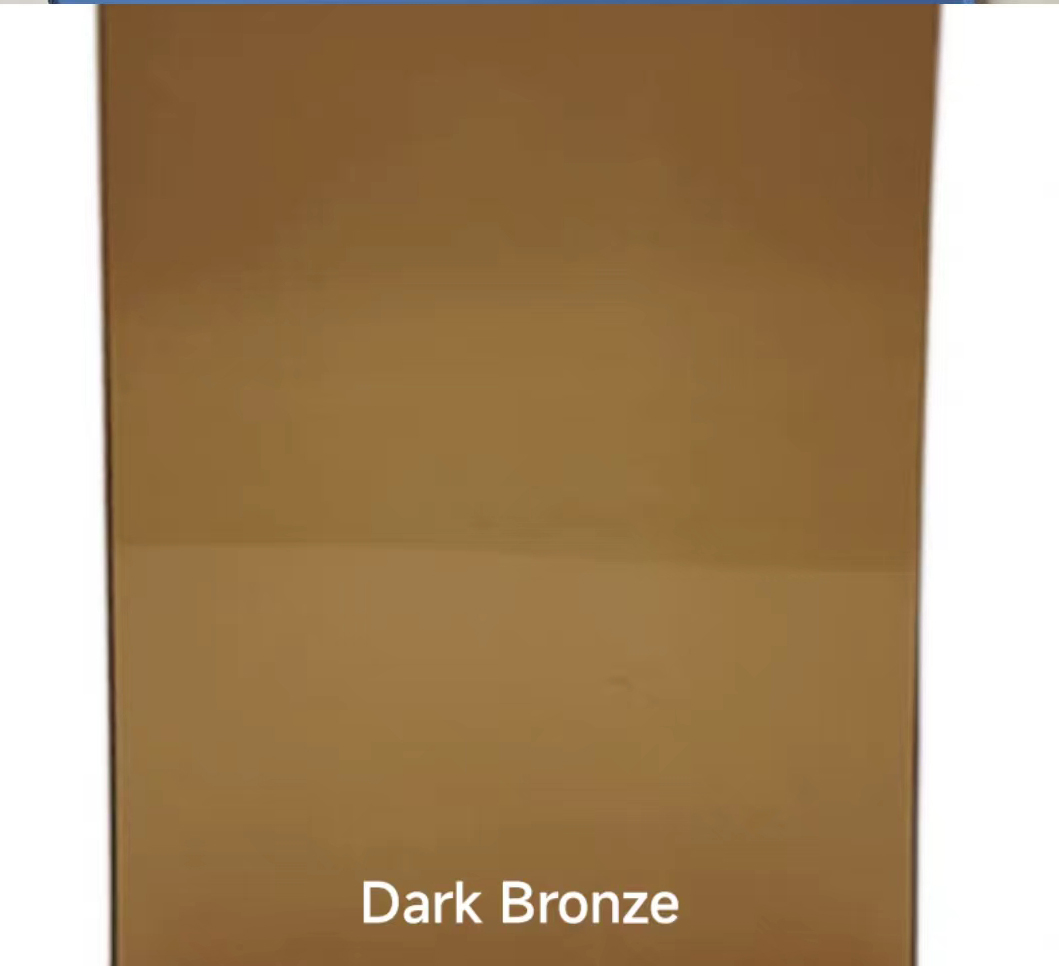

Understanding the Cost of Tempered Glass
Tempered glass, also known as toughened glass, is a kind of safety glass that has been treated by controlled thermal processes to increase its strength compared to normal glass. The manufacturing process involves heating the glass to over 600 degrees Celsius and then cooling it rapidly. This process not only enhances its durability but also causes it to shatter into small, blunt pieces rather than sharp shards when broken, thus reducing the risk of injury. However, many consumers and businesses are often curious about the cost implications when considering tempered glass for their projects.
Factors Influencing the Cost
Understanding the Cost of Tempered Glass
2. Thickness and Size The thickness of the glass plays a pivotal role in determining its cost. Thicker glass typically costs more due to the increased amount of material used and the complex manufacturing processes involved. Additionally, larger dimensions or custom sizes can lead to additional costs, as fabricators often charge extra for bespoke solutions.

3. Manufacturing Process The complexity of the manufacturing process can also influence the price. Depending on the desired specifications—like the level of thermal resistance or the inclusion of coatings (e.g., reflective, tinted, or heat-insulating)—the cost will vary. More advanced processes can lead to higher production costs, which will be reflected in the final price.
4. Market Trends and Location Geographic location and market demand can significantly affect the cost of tempered glass. Prices can vary from one region to another based on local supply and demand dynamics. Seasonal trends, such as increased construction activity, can also lead to fluctuations in pricing.
5. Volume Discounts Purchasing tempered glass in bulk can result in considerable savings. Many suppliers offer tiered pricing structures where the cost per unit decreases with larger orders, making it crucial for businesses to negotiate and plan their purchases strategically.
Conclusion
In summary, the cost of tempered glass is influenced by multiple factors including type, thickness, manufacturing complexity, and market conditions. It is essential for consumers and businesses to evaluate their specific needs and budget constraints carefully. By understanding these variables, one can make informed decisions when incorporating tempered glass into architectural designs, furniture, or other applications. Ultimately, while tempered glass may come at a premium compared to regular glass, its safety features, durability, and aesthetic appeal justify the investment.